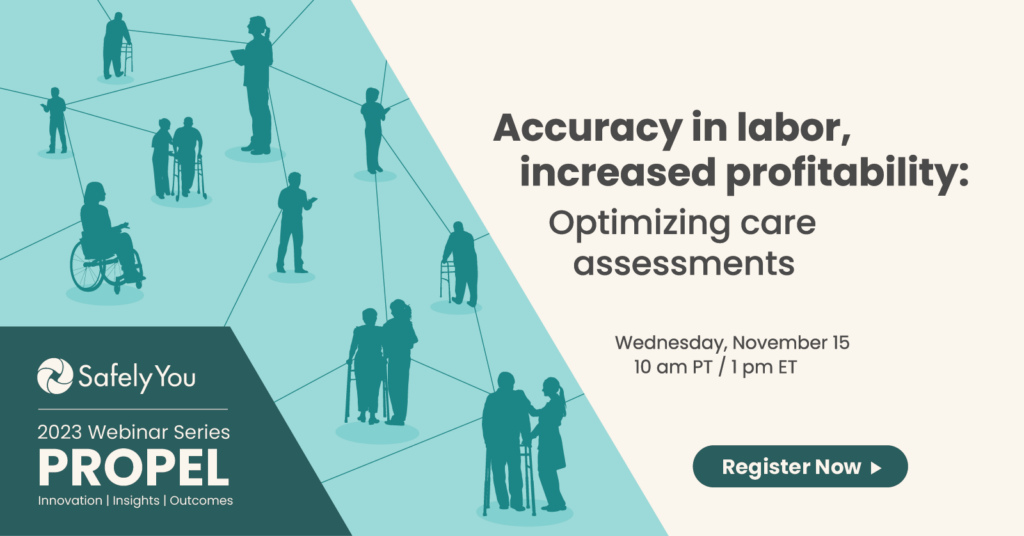People living with Alzheimer’s are four to five times more likely to fall than older adults who do not have cognitive impairment. However, the risk of falling varies depending on the stage of Alzheimer’s. Since June is Alzheimer’s and Brain Awareness Month, I want to provide a quick overview of the three stages — mild, moderate, and severe — and examine fall risks and preventative measures as the symptoms worsen over time.
Mild
In the early stage of Alzheimer’s, a person may function independently. This is not typically a high fall-risk stage unless other health issues co-exist with cognitive change.
Moderate
During the middle stage of Alzheimer’s, dementia symptoms are more pronounced. The person may confuse words, get frustrated or angry, and act in unexpected ways, such as refusing to bathe. Damage to nerve cells in the brain can also make it difficult for the person to express thoughts and perform routine tasks without assistance.
- Wandering behaviors can lead to exhaustion and subsequently falls
- Losing physical strength and balance
- Incontinence can lead to frequent trips to the bathroom — often at night in poor lighting and without mobility aids or assistance. UTIs can then lead to confusion and discomfort
- Experiencing changes in sleep patterns, such as sleeping during the day and becoming restless at night
Severe
In the final stage of the disease, dementia symptoms are severe. Individuals lose the ability to respond to their environment, carry on a conversation, and, eventually, control movement.
- At this stage, many people living with dementia experience changes in physical abilities, including walking, sitting, and, eventually, swallowing. Some people may not recognize these changes from day to day and attempt certain activities of daily living, such as walking, transferring from bed to walker, or changing their clothes without help. These activities can easily lead to a fall.
- Since those living with Alzheimer’s have difficulty communicating, they are often not able to express their needs and desires. This can unfortunately lead to falls as they attempt to attend to their own unmet needs without assistance.
Reducing the Risk of Falls
To reduce the risk of falls, here are a few key tips to consider:
- Keep frequently used items within reach
- Place mobility aid in the best position for self-transfer; remove if unable to self-transfer to avoid cueing
- Understand preferences and nighttime routines: lights on/off, TV on/off, toileting, showering, sheets, bed positioning
- Take extra care to reduce clutter and ensure clear pathways
- Provide comfort; less anxiety and agitation will help calm the person living with Alzheimer’s, so they will, hopefully, have fewer falls





